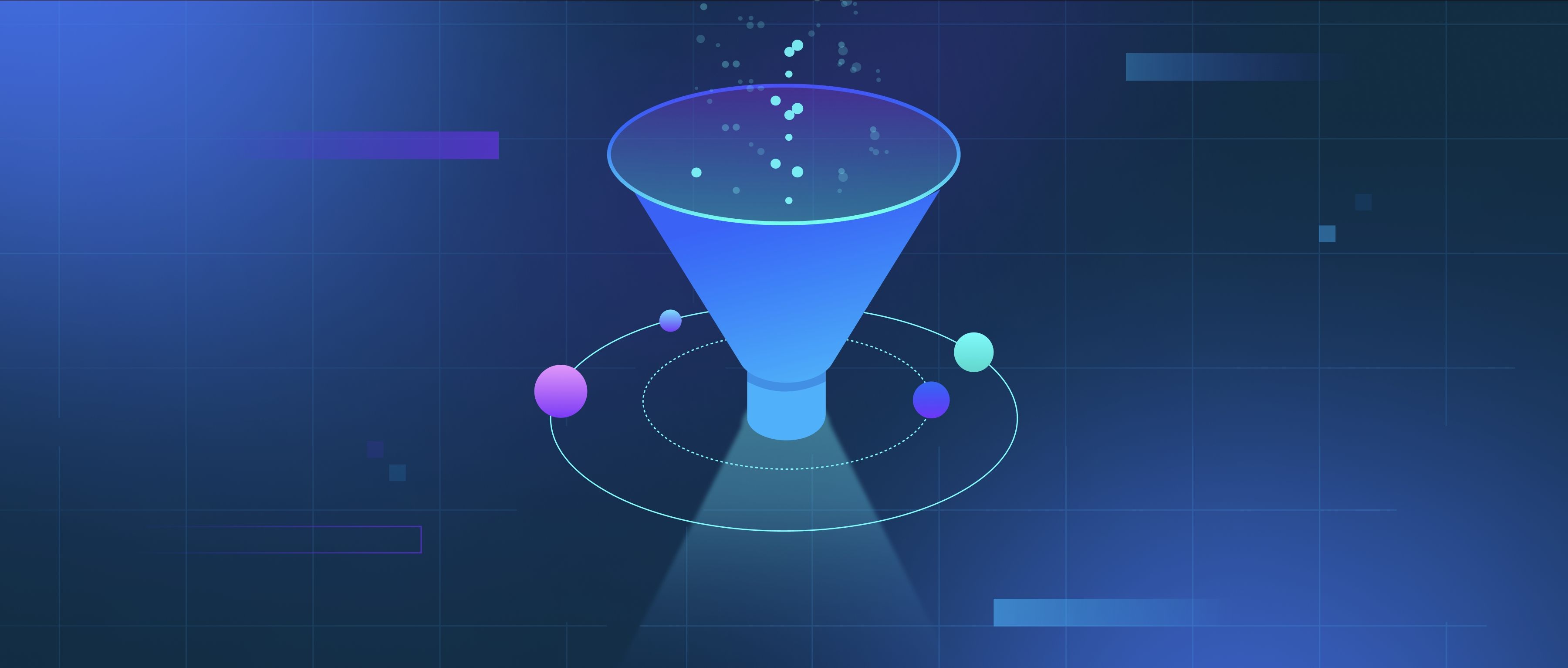Supervised and unsupervised time series models serve different purposes and are guided by the nature of the data and the goals of the analysis. In supervised time series modeling, a dataset is used where the model learns from labeled data, meaning both the input features and the corresponding output or target variable are known. For example, in forecasting stock prices, historical price data is used to predict future prices. The model is trained on this historical data, learning the relationship between past and future values, and can make predictions for unseen data.
In contrast, unsupervised time series models do not rely on labeled data. Instead, these models analyze the data to identify patterns, structures, or clusters without predefined outcomes. An example of this could be anomaly detection in website traffic, where a model processes historical traffic data to spot unusual spikes or drops in visits without being given labels on what constitutes "normal" behavior. The model may focus on grouping similar time periods together or identifying trends without any prior knowledge of what the output should be.
In summary, the key difference between these two types of models lies in the presence of labeled data. Supervised models require defined target outcomes for training, enabling direct prediction of future values based on learned relationships. Unsupervised models, however, operate on the premise of discovering patterns and characteristics within the data itself without needing predefined targets, making them useful for exploratory analysis and understanding data distributions.
